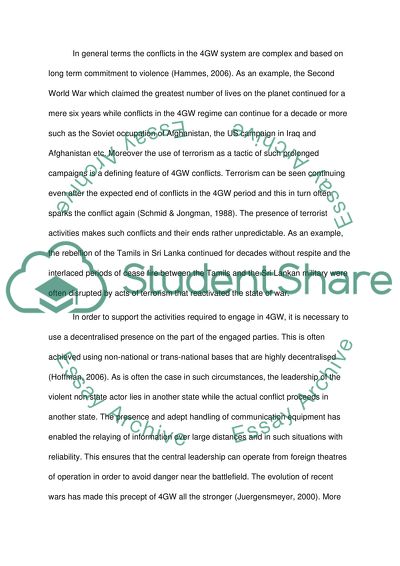Cite this document
(“Warfare Essay Example | Topics and Well Written Essays - 1000 words”, n.d.)
Retrieved from https://studentshare.org/history/1435559-warfare-a-new-deal
Retrieved from https://studentshare.org/history/1435559-warfare-a-new-deal
(Warfare Essay Example | Topics and Well Written Essays - 1000 Words)
https://studentshare.org/history/1435559-warfare-a-new-deal.
https://studentshare.org/history/1435559-warfare-a-new-deal.
“Warfare Essay Example | Topics and Well Written Essays - 1000 Words”, n.d. https://studentshare.org/history/1435559-warfare-a-new-deal.


